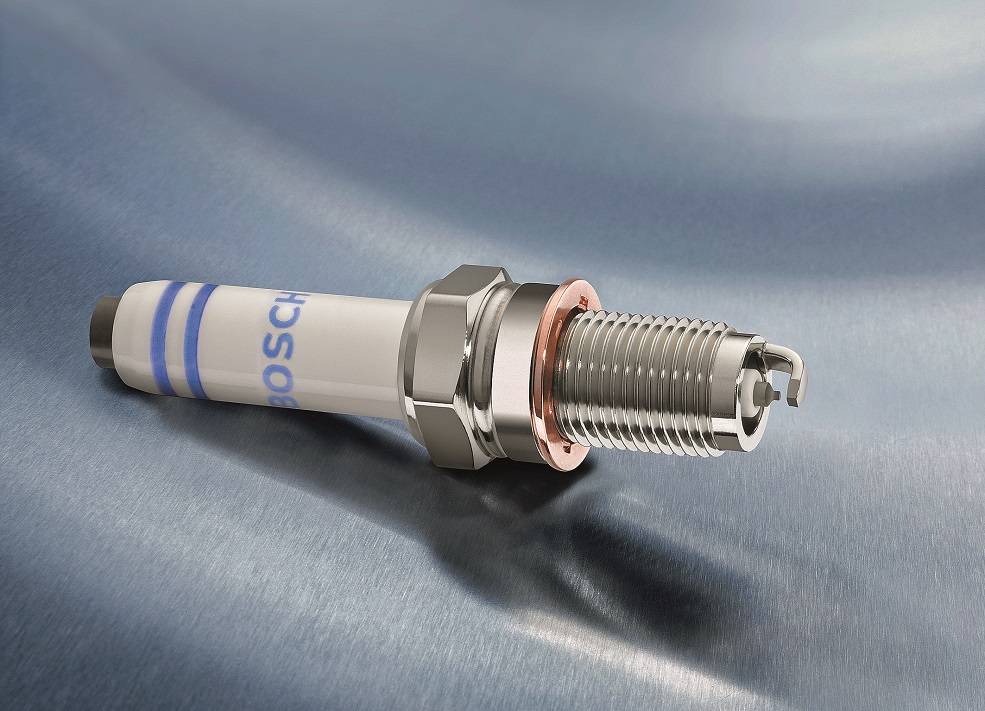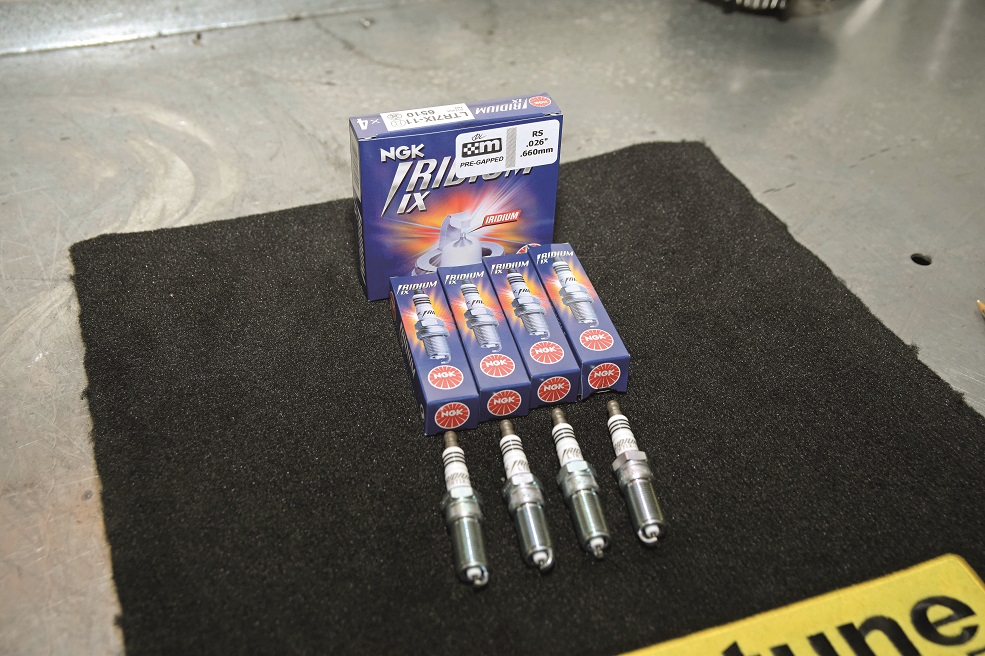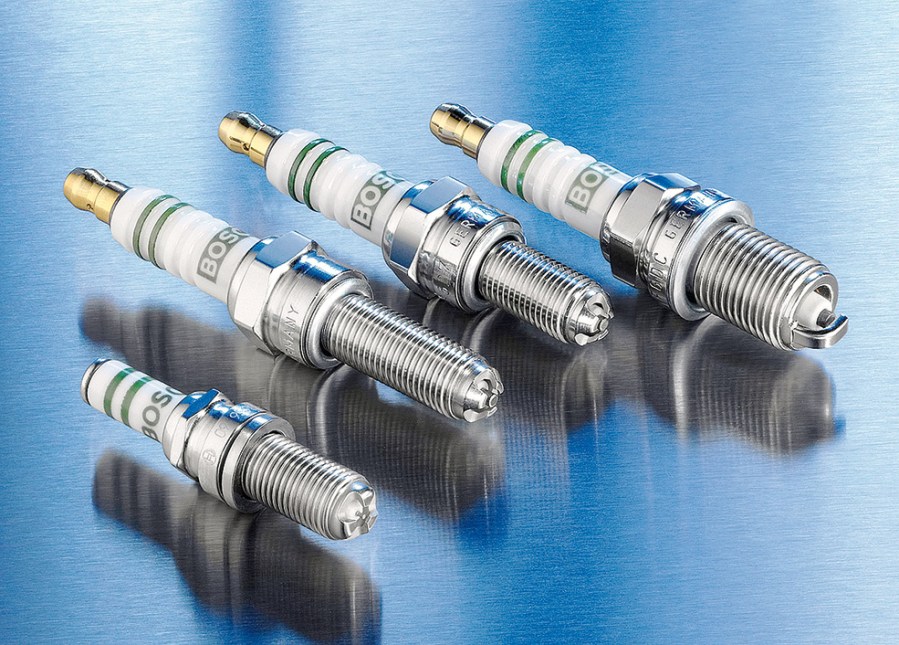There’s a lot more to spark plugs than you might think. We detail what they are, how they work and everything else you need to know when changing them.
You might view spark plugs as minor components when tuning a petrol engine. However, if the wrong choice of plugs is made, or they are not installed properly, or they break down unexpectedly, then they will cause all kinds of headaches. Not to mention costly diagnostic work looking for misfires elsewhere. As a result, understanding how they work, and the signs of one failing should form part of your car maintenance knowledge.
In this spark plugs guide, we’ll explain what they are, how they work and everything else you need to know about them.
How do spark plugs work?
Put simply, the spark plug is a device that forces an electrical current across an air gap creating a high voltage spark that ignites the air/fuel in the combustion chamber of the engine. The plug’s central electrode is fed with a massive voltage by the High Tension (HT) circuit; typically, more than 40,000 volts. Like all electricity, this current wants to get to earth. However, as the central electrode is insulated (by a ceramic coating) from the plug’s earth terminal, the only way to do this is to jump the gap between them, like a tiny bolt of lightning.
The width of the gap the spark jumps is vitally important. Its size should accurately match the manufacturers or tuner’s recommendations. Too small a gap and the spark will jump too easily and will be weak (not good enough to ignite the air/fuel mix properly). Too large and the spark will be intermittent (or not happen at all), causing a misfire in the engine.

If you are moving away from the manufacturers recommended plug because you’re tuning your engine, here are some important factors you should consider:
The physical dimensions of spark plugs
The thread diameter and length can vary. Make sure any replacement is exactly the correct size; a plug protruding too far into the combustion chamber may contact the rising piston. If you force the wrong thread into the head, you’ll do damage. It’ll also result in an expensive engine strip down and machining work to fix.
The temperature range
The shape and size of the ceramic insert and how it contacts with the metal part of the plug (the part that dissipates heat away and into the engine block), will determine whether a plug is ‘hot’ or ‘cold’. Manufacturers will give a rating required for any engine but on tuned cars more heat may be produced. As a result, a colder-running plug will be needed. Don’t go too far though. If a plug runs too cold it will foul up with deposits from the combustion process more easily and not work effectively.

The materials used in spark plugs
Standard plugs are usually copper-cored, with double copper plugs also having a copper earth. This is adequate for most applications, but copper plugs do need the gap settings to be checked regularly. They deteriorate over time (and with millions of sparks), increasing the gap size. Platinum or Iridium-cored plugs are much harder-wearing and long-lasting. They also feature better heat control and conductivity too (good for highly tuned engines). But they are generally more expensive.
Terminals
You’ll also see spark plugs with two, three or even four earth terminals. Contrary to what the Internet might tell you, this does not mean that you will get two, three or four sparks happening at the same time. Only one spark per HT pulse will ever occur. On multi-terminal plugs, the spark jumps to the nearest terminal only. When the terminal wears down (minutely) one of the others will become the closest and then take the spark. Then the cycle continues resulting in longer service life.




